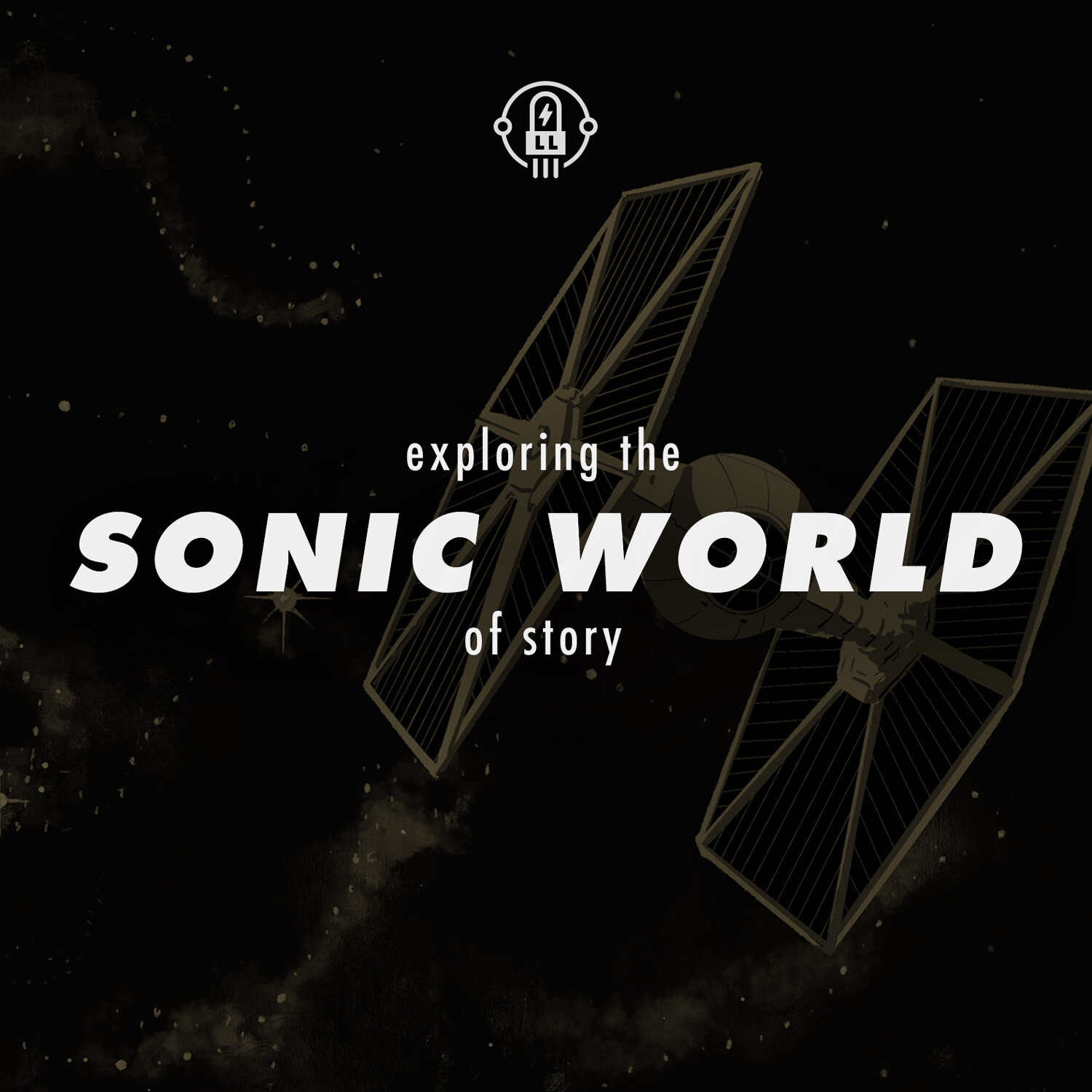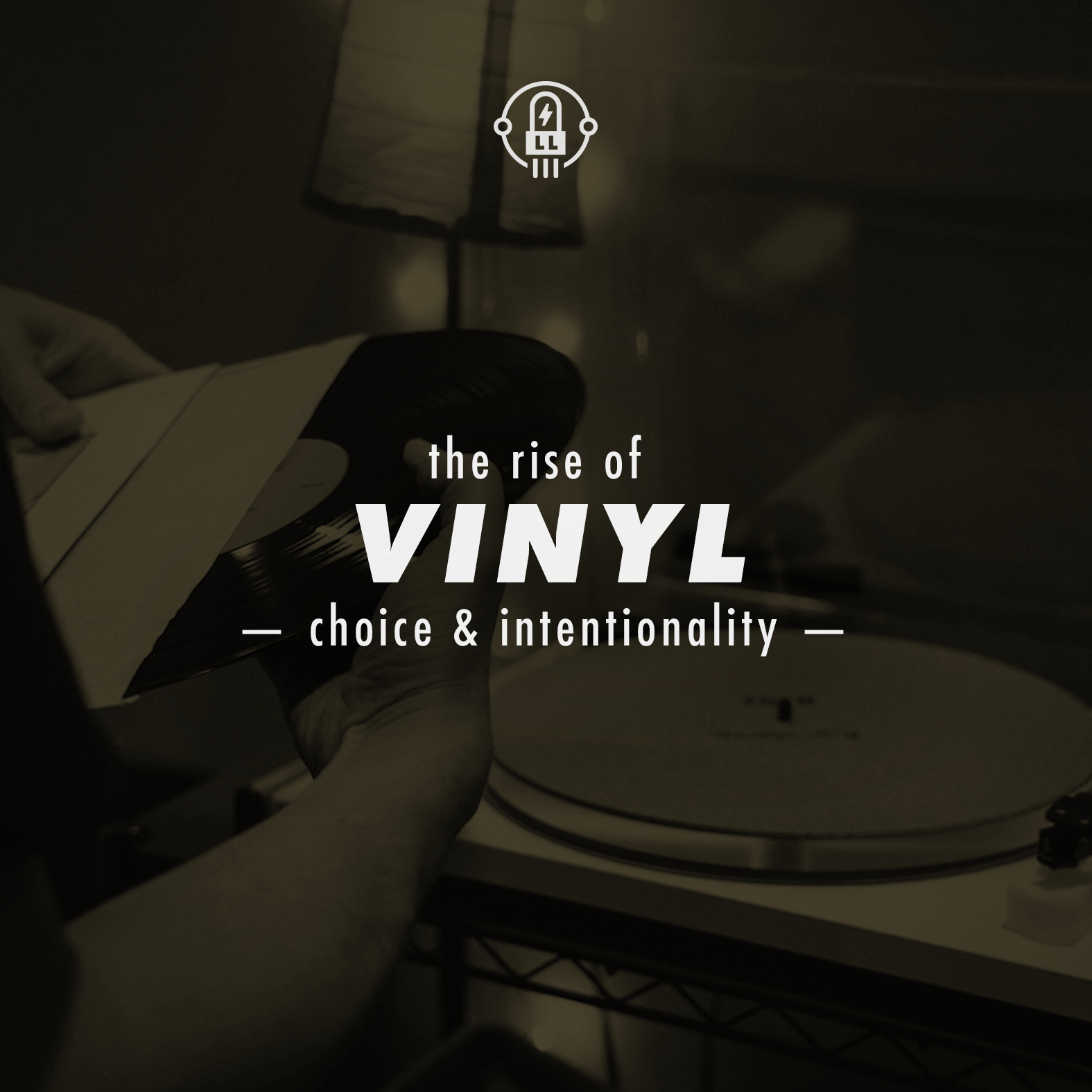A Change of Brand
(5 min read)
Building a recognizable and trusted brand is an art. For every one brand that gets it right, dozens get it wrong... or at least fall short. Once you’ve established that elusive brand identity that your customers and clients know and love, you’re golden, right?
Nope, not even close.
It takes constant vigilance. Think Batman, always keeping a watchful eye, weeding out crime and villains who threaten Gotham City. What we’re trying to say is that it’s a process to even maintain a successfully launched brand. We’ve done our best to establish a recognizable and cohesive brand from The License Lab’s inception back in 2011, partnering with designer Aaron Draplin of Draplin Design Co. to bring our logo and visual identity to life. Now in our 10th year in business, we’ve had our core tenets to help guide us and to maintain our brand integrity through whatever changes occur, including an update to our sales and distribution model.
So why would a brand change? And what happens when they do?
One of our first new podcast obsessions of 2021 has come in the form of a show called A Change of Brand from brand identity house, Matchstic. Hosted by the company’s founder and creative director Blake Howard, the show shares “behind the scenes stories of rebranding glory, drama, and disaster.” The purpose of the podcast is truly to be helpful, providing insight into the success and failures of brand relaunches for future brand leaders and all of us “brand nerds” out there, as the podcast (correctly) names its fans.
In the inaugural episode, Howard and co-host Sarah Gail Hughes start with the 2018 rebrand of email marketing monsters, Mailchimp. We get background on how Mailchimp got started by utilizing previously unsuccessful email greeting card software, their never-ending dedication to small businesses, and a few other design tweaks that lead to their 2018 rebranding effort, helmed by the show’s first guest and VP of Brand for Mailchimp, Mark DiCristina.
As users of Mailchimp ourselves, this was a particularly fascinating episode. There are so many parallels between their tenets and our own. One of the first things DiCristina shares is that when he first came to the company nearly 10 years ago, he saw “...how much of the brand and DNA was already present.” Given their mission and dedication to their customers, it’s no coincidence that they talk about not being beholden to stockholders and holding on to their core values. (Sound like anyone else you know?)
Each time you schedule or send a campaign, you get a virtual high five from Mailchimp. Who doesn’t love a high five from a monkey?
Mailchimp has long been known for their irreverent ads, campaigns, and a general demeanor of bucking the system. But DiCristina explains how the lack of rules, while liberating for a long time, was actually impeding their brand awareness and overall speed to deliver new campaigns and ideas. Their goals then centered around creating a “container for the chaos,” defining what made their voice unique in the broadest of strokes to foster continuity, and scaling Mailchimp’s offerings to provide more tools to small businesses. Howard and Hughes frame the journey with the proper amount of background, asking insightful questions, and sharing more about the decisions, conversations, internal and external testing, and creative partners that led up to their launch.
How does it end?
As Howard so aptly states, “Rebrands don’t go awry in the creative process… it’s more in the launch.” To find out the results of Mailchimp’s rebrand rollout you’ll have to listen to the whole episode.
Click here to check it out.




